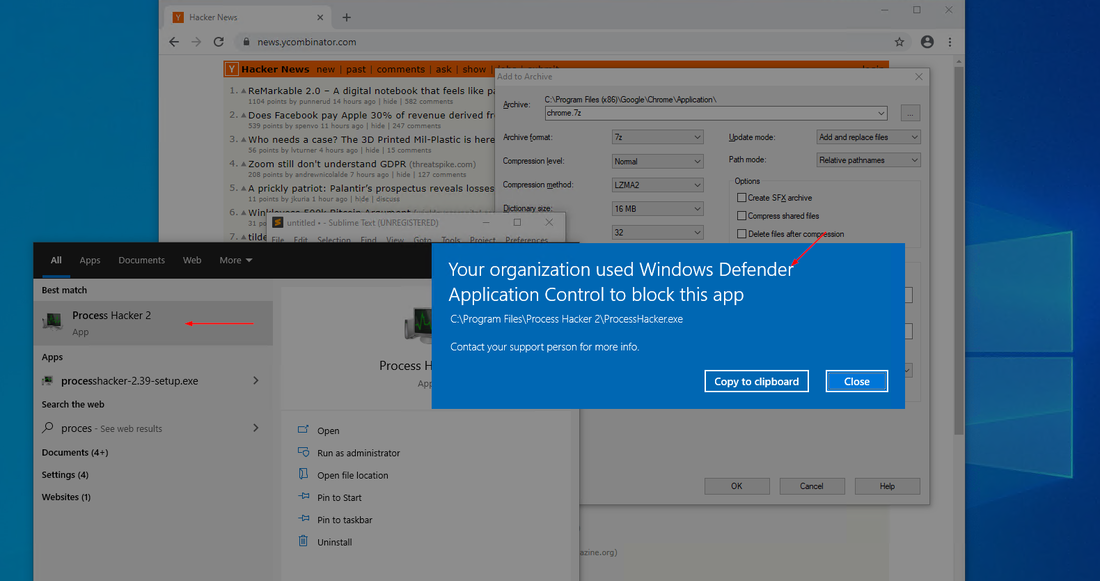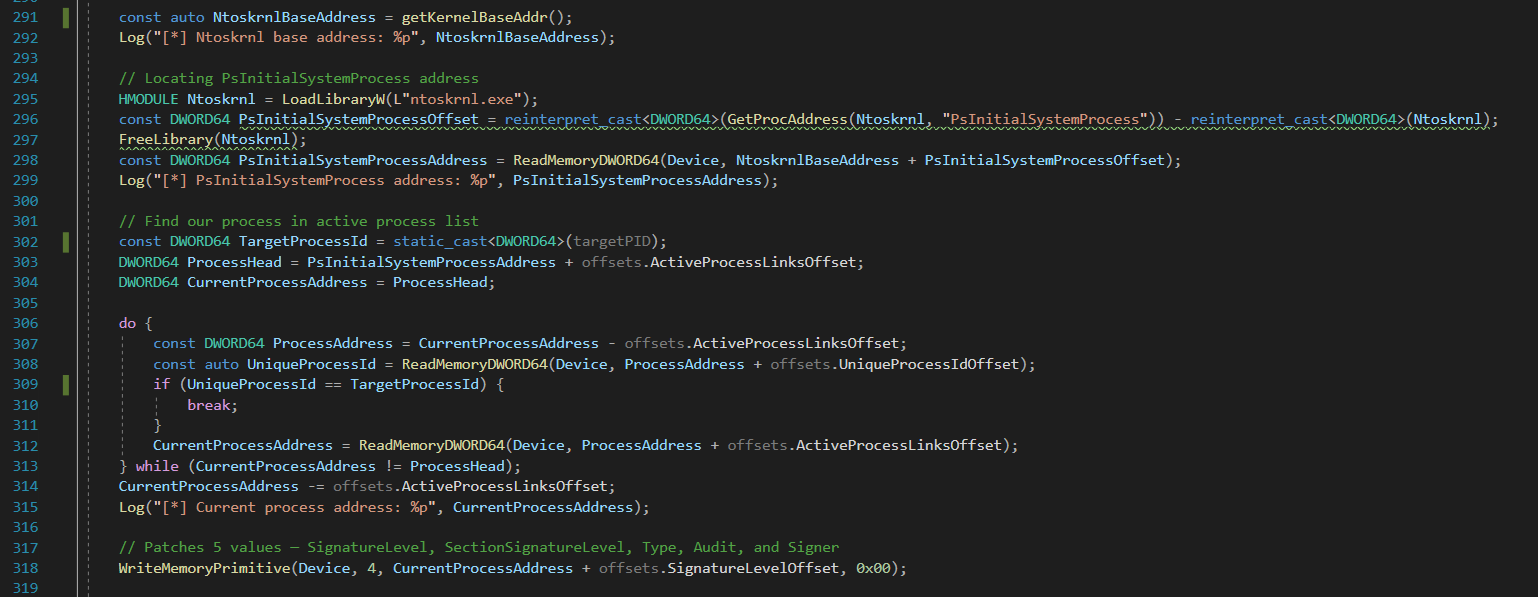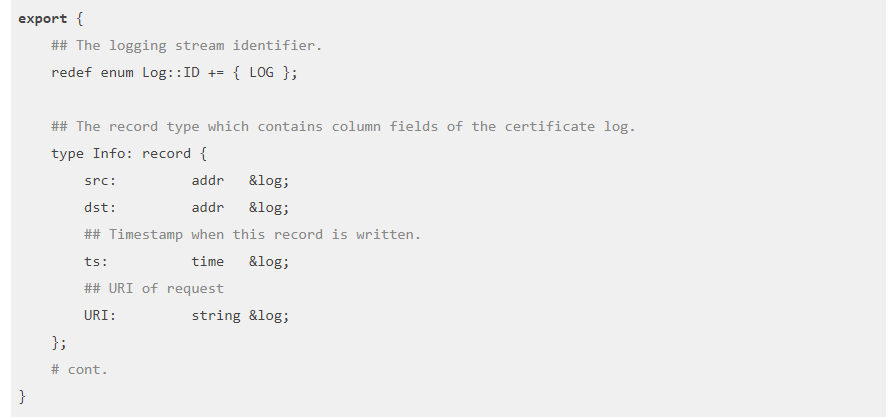Embracing Zero Trust Security: A Strategic Imperative for Modern Businesses
Cyber threats are continuing to evolve, grow in sophistication and be more pervasive, causing traditional security measures to be no longer sufficient. This inadequacy has paved the way for the adoption of Zero Trust security strategies, a paradigm shift in how security is approached and implemented within organisations. Organisational adoption of Zero Trust security frameworks is essential, especially for businesses leveraging cloud environments. No implicit trust is given to any request, and each request is verified as if it originates from an open network. Zero Trust Segmentation (ZTS) or micro segmentation helps contain attacks and prevent exposure and lateral movements within networks.
Zero Trust is a security model that operates on the principle that no one inside or outside the network is trusted by default. Instead, everything and everyone attempting to connect to an organisation’s systems must be verified before access is granted. This model was developed to address the limitations of traditional perimeter-based security models, which assume that everything inside a network is safe, a notion rendered obsolete by the rise of remote work, cloud computing, and sophisticated cyberattacks. With the adoption of cloud services and mobile computing, traditional security boundaries have dissolved. Zero Trust is adaptable to this modern IT environment, providing security that travels with the data, and it helps businesses comply with stringent data protection regulations, such as GDPR, HIPAA, and PCI DSS, by ensuring that sensitive data is accessed securely and appropriately. It minimises the potential attack surface by continuously validating every stage of digital interaction. This is crucial in preventing data breaches and other security incidents. It helps protect sensitive data by limiting access to only those users and devices that require the access to perform their specific functions and roles. It is suited for complex environments, including hybrid and multi-cloud deployments, remote work scenarios, and BYOD (Bring Your Own Device) policies. Many regulatory frameworks recommend or require stringent access controls and audit capabilities, both of which are integral to Zero Trust architectures. There are very simple benefits to adopting Zero Trust as a critical tool in an organisation’s defence arsenal.
- It protect against external threats and also mitigates internal risk, both malicious or accidental, by enforcing strict access controls and monitoring internal activities to reduce the risk of insider threats.
- The model is designed to be flexible and scalable, adapting to the changing needs of the business and its IT environment, making it ideal for growing businesses that anticipate changes in their IT architecture.
- The architectures inherently requires detailed logging and monitoring, which provides insights into user activities and potential security threats.
A Zero Trust strategy will definitely provide a positive security impact to any organisations, however, there are some hurdles and issues which may be faced by organisations who employ the framework.
- Deploying a Zero Trust architecture can be complex, involving overhauling existing security frameworks and integrating multiple technologies to significantly change the original network and systems. With complexity comes increase costs.
- The continual verification processes and monitoring can increase the workload on IT staff, may require more sophisticated tools and processes or the regular engagement of external cybersecurity professionals.
- The tools and technologies required for a Zero Trust environment can be costly, and the model demands ongoing maintenance and monitoring.
- The stringent controls and repeated authentication checks could negatively impact user experience and productivity if not implemented with user experience in mind and user experience validation employed.
Penetration testing, or pen testing, involves simulating cyberattacks to identify and patch vulnerabilities in a system. Testing the effectiveness of the framework to detect and repel digital attacks is a critical step in setting up and maintaining an effective security network, whether Zero Trust is leveraged or now. In the context of Zero Trust, pen testing plays several critical roles:
- Identifying Exploitable Vulnerabilities: pen testers help uncover weaknesses that could be exploited by attackers, providing an essential component of the Zero Trust strategy that bases its efficacy on continuous verification and least privilege.
- Testing Security Policies: through pen testing, organisations can evaluate the effectiveness of their security policies and controls, ensuring that they function as intended under attack scenarios.
- Enhancing Incident Response: pen testers often simulate breaches to test the organisation’s incident response capabilities, helping to fine-tune these processes in line with Zero Trust principles.
Employing a penetration testing expert provides specialised skills and insights that are critical in designing and refining Zero Trust architectures. Pen testing experts provide several benefits when developing and executing a Zero Trust strategy:
- Expert Validation: Pen testers bring a level of expertise and an external perspective that can identify potential weaknesses that internal teams might overlook.
- Holistic Security Enhancements: By discovering and addressing vulnerabilities, pen testers can help ensure that the Zero Trust policies are effectively protecting all aspects of the network.
- Customising the Model: Pen Testers will help shape the Zero Trust model to fit the specific needs and risks of the business, ensuring that security measures are both effective and efficient.
- Compliance Assurance: Pen testers help verify that security measures comply with relevant laws and regulations, reducing the risk of non-compliance penalties, and they can provide required documentation and reporting where required for regulatory compliance reporting or just customer peace of mind.
- Ongoing Security Optimisation: Security is not a one-time event but a continuous process, regular penetration testing helps keep security measures up to date and stay ahead of new threats in a landscape that is constantly evolving.
Zero Trust is not just a security strategy or model, but a comprehensive shift in how security is conceptualised, implemented and managed in an organisation. It offers robust protection against a variety of threats, making it an invaluable strategy for businesses aiming to safeguard their data in an increasingly interconnected and perilous digital landscape. Leveraging penetration testing experts is crucial to this strategy’s success, they provide the expertise needed to continuously refine and reinforce the security measures foundational to Zero Trust. As organisations look to fortify their defences against the sophisticated threats of today, and tomorrow, embracing Zero Trust with the support of skilled pen testers will be essential to their security strategy.



